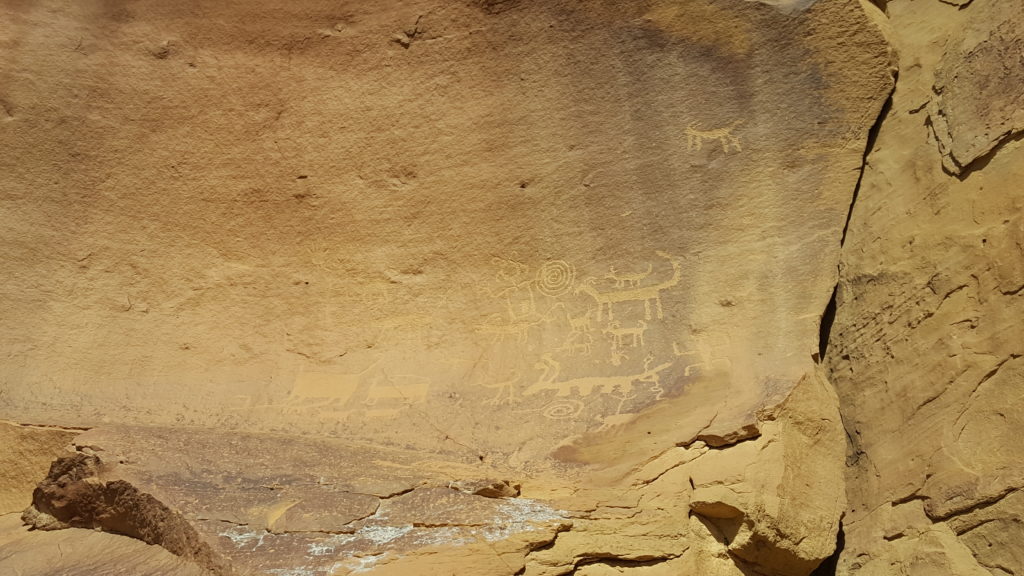The New Mexico Wildlife Federation represents over 80,000 New Mexico hunters and anglers. Those individuals ask you to take a serious look at the state of Greater Chaco Region and ask that you recognize the threat increased oil and gas development poses to not only to a UNESCO World Heritage Site, but the health, safety, and welfare of all of the inhabitants of the region.
Since 800 AD, Chaco has stood. Once a thriving town in its own right, its ruins are now a reminder of the breadth and depth of the American past. These comments opposing the furthering of gas leasing in the Greater Chaco Region should be unnecessary; it is a national tragedy that they are not.

Today, 91% of Northwest New Mexico public lands are under lease to oil and gas interests. On that 91% are over 40,000 active wells. This current level of development fragments critical wildlife habitat, pollutes our air, fouls our water, and risks the health of everyone who lives in the Four Corners region. New development would only exacerbate these problems.
The maintenance of valuable wildlife habitat and clean, flowing, fishable streams would be enough for the New Mexico Wildlife Federation, and its more than 80,000 members, to urge BLM to stop all new drilling, leasing, and approving of permits to drill. Leasing more lands for drilling will only lead to further negative consequences, but there is even more at stake in our request.
The archaeological, historical, and cultural sites found in the Greater Chaco region are part of a history and heritage that are valuable to the entire world. In addition to the various Navajo and Pueblo sacred places that warrant protection, the entire region was home to ancestral people who left behind telling reminders of their lives and times on Earth. Allowing fracking near this special place would be the equivalent of allowing similar development near the Lascaux Caves in France. Just as the prehistoric paintings in those caves tell a story for all of humanity, the Chaco region–not just the area within the boundaries of Chaco Culture National Park-tell us a story about ancient ancestors and life ways from thousands of years ago. In short, Chaco and the culture there is a story of and for all of us.
In addition to its long-term historical impact, new leasing and allowing fracking (or pipelines) on this last 9% has detrimental impacts on the Chaco region community. The development BLM is considering would require thousands of truck trips. Increased traffic, noise, and light interfere with the lives of the region’s residents–four-legged and two-legged. Second, according to data from the New Mexico Oil Conservation Division, the oil and gas industry averaged four spills per day. These spills degrade the landscape and negatively impact the region’s people, flora, and fauna. Finally, NASA has released a report demonstrating the size and scope of the Four Corners Methane Hotspot. This hotspot is the largest concentration of atmospheric methane in the United States. As a greenhouse gas, methane is 87 times stronger than carbon dioxide as a climate pollutant. This pollution further degrades the region’s environment and causes an outsized impact on all living beings in the Four Corners.
For these reasons, historical, cultural, and environmental; for the health, safety, and security of all of the inhabitants of the region, the BLM should impose a moratorium on all oil and gas leasing and drilling approvals pending completion of the RMP-A. Moving forward with new leasing before planning is complete will not only violate federal law, but also predetermine the outcome of the RMP-A. To ensure suitable protections for the region, the BLM Farmington Field Office must comprehensively analyze impacts of existing and potential oil and gas development on public health, local quality of life, cultural and other natural resources, and climate change.



